How to Maintain Events Ever-innovative?
A Glimpse of British Cultural and Creative Industries
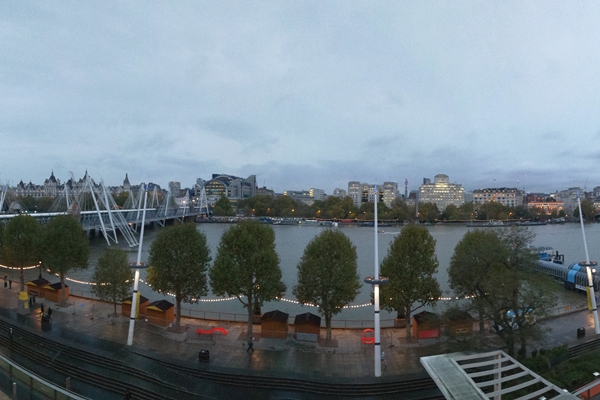
Direct access of the Thames River from the South Bank Arts Center
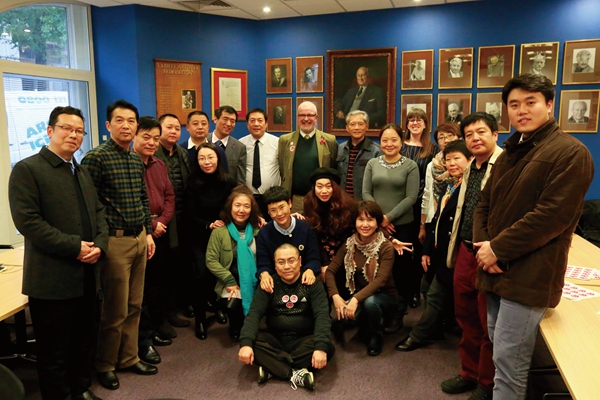
Participants visit the Props Warehouse of Scottish National Theatre
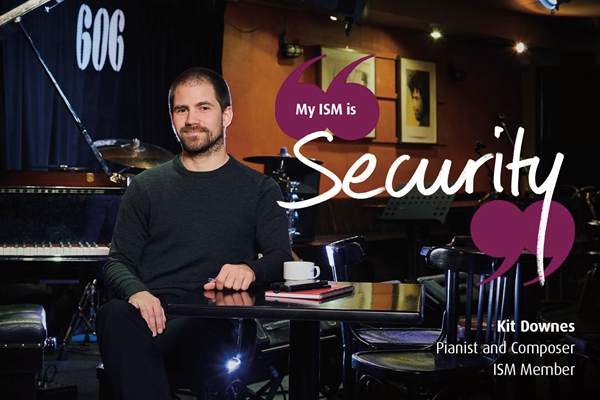
ISM Poster
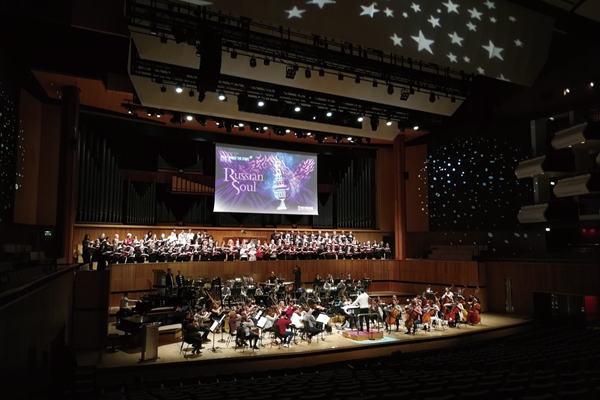
On going rehearsal at the Queen Elizabeth Hall in South Bank Arts Center
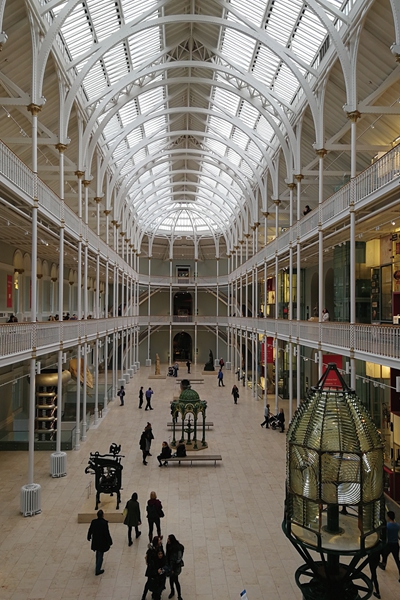
Scene of National Museum of Scotland
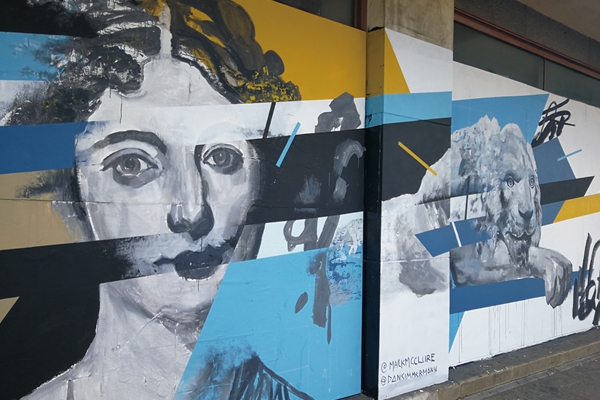
Graffiti in London
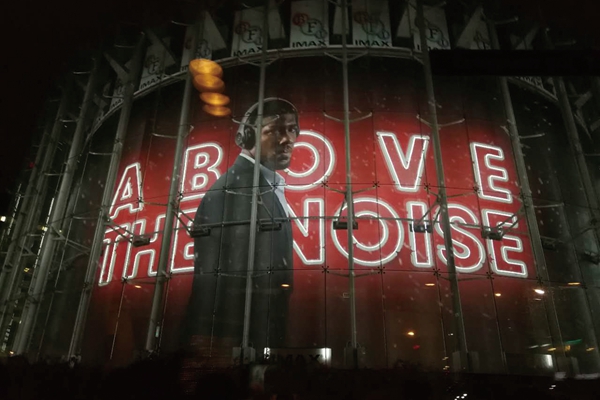
Large-screen Advertisement of IMAX Cinema of BFI
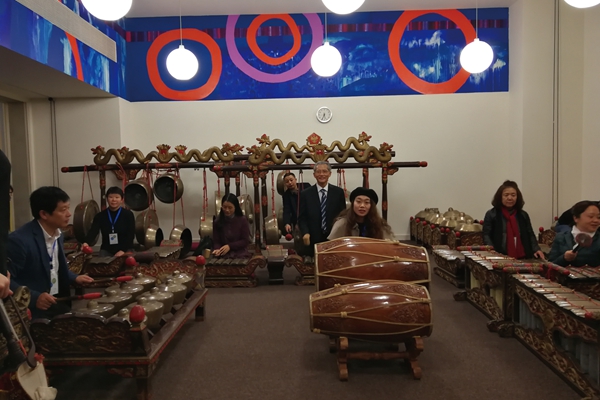
Participants experience interactive projects at the South Bank Arts Center in London
In order to expand the thinking of creative talents of China Federation of Literary and Art Circles (CFLAC) and its group members, enhance innovative abilities, deepen the understanding of British cultural and creative industries, improve the CFLAC’s influence on international cultural communication and the success rate of outstanding Chinese culture’s Goingout, a senior seminar of CFLAC’s creative talents of arts in Britain jointly hosted by the organization’s International Cooperation Department and its Academy of Literature and Art has been held in the United Kingdom. Britain's vision of internationalization in the development of cultural and creative industries, its pursuit of excellence and executive power, its ideas and methods of developing and utilizing festivals and enhancing industrial benefits all cast enlightenment on its Chinese peers.
Government, Foundations, Corporations: Elements of Industry
The funding sources for nonprofit cultural and creative industries in the United Kingdom mainly rely on government funding, foundations, corporate sponsorships and institutional selfmarketing amongst others. Meanwhile, the government relies on art councils to fund all cultural and creative institutions; agencies can look for corporate sponsorships and foundation donations in the face of under-funding. However, the foundation's donations are quite controversial in the UK, the main reason of which is that both individual funds and corporate funds are highly directional and purposeful. They all want to raise the reputation and fame of individuals and companies through donations and grants with purpose of affecting the professionalism and independence of art.In order to encourage companies to sponsor nonprofit cultural and creative institutions, the British government has provided corporate sponsorship of public welfare tax relief policies, making up for the lack of government funding for public utilities and guaranteeing the funding sources for the cultural and creative industries. However, this policy has also brought some drawbacks: the corporate sponsorship has enabled more and more business people to enter the cultural and creative industries, while the industries need more people who understand the arts. The board of some arts organizations may even have more than 50% of the directors from business field in the board, so their advantages and disadvantages are undoubtedly obvious.
Protests and criticisms of sponsored cultural and creative industries are not uncommon in the United Kingdom. Taking the Liberation of Tate, an environmental protest group composed of artists to protest the BPT's sponsorship of the Tate's Art Museum for example, most of the protesters think that the cultural creative agencies have to make moral choices about sponsors and should not allow problematic companies to get public recognition via sponsorship.
The British government mainly intervenes in the cultural and creative industries through the formulation of cultural policies, including grading the film audiences by age and implementing tax incentives such as tax credits for cultural and creative industries. In addition, it would, on the basis of tax relief policies, propose requirement in line with the development of British culture in the introduction of foreign cultural and creative teams, such as the production site should be in the United Kingdom, British citizens should be recruited in participation and so on. Although such a restriction can be prohibitive for some teams, it is indeed an effective way for the British government to control its cultural and creative industries and promote the British culture through its policies.
Of course, the change of the ruling party will cause the British government to make many alterations in its cultural policies. Government-sponsored funding is intended to attract more private and corporate sponsorships, because cultural and creative industries have to show their own value to receive funding from the government. However, the views of the government and cultural and creative institutions are most different. Therefore, how the government measures the value of cultural and creation is particularly important. The art council, set up by the government, provides funding for arts organizations, who measures institutional value primarily through the number of audiences, employees, inputs and outputs. However, the standard of art institutions to measure their own value is different from that of the government, which is mainly from the perspective of aesthetics. However, in order to obtain subsidies, art institutions must increase their recognition of the government and ignore the standard of cultural values. However, the value of culture is intrinsic and artistic. This is the core that distinguishes it from other industries.
Charity and Nonprofit: Cultural and Creative Organizations
There are hundreds of cultural and creative organizations in the UK, all of which are charitable nonprofit institutions, which mainly drive the development of British cultural and creative industries.
Founded in 1933, the British Film Institute (BFI) manages national archives of British cinema, organizes film festival and film education and training and is responsible for the production and distribution of British films. Like many other agencies, BFI faces the same issue as government’s reducing spending. Prior to that, BFI's main income is tickets, and now they began to use their own physical assets, employees’ creative skills and own brands to generate revenue. BFI began hiring employees with business background while nurturing existing staff. In addition, BFI has developed an online movie viewing platform and publishes professional magazines and books.
Founded in 1882, the Incorporated Society of Musicians (ISM) is a philanthropic professional association and has formed the Trust Foundation. ISM currently has 8,500 individual members, divided into three types as student members, graduates members and the formal membership. ISM, committed to the development planning and support of its members, maintains close contact with its members through subscriptions, emails, websites and social media, and its legal aid is most attractive to its members. After joining the membership, members have more of a sense of belonging and security. Meanwhile, ISM also has 170 corporate members, the BBC and South Bank Arts Center are the most typical representatives.
Founded in 1820, the Royal Society of Literature (RSL) aims to promote the development of British literature and make more and more people engaged in literary creation. The total of 523 academicians of the society is writers. Its chairman and Council members are elected by the academicians of the RSL. The RSL, which is legally a registered charity, must comply with government regulatory requirements for any of its work. However, they do not accept any government funding, but fundraising only from the community. The money is mainly used for creative exchange and publication of works, bonuses for writers, public events and annual meetings and etc. The RSL is not a royal reading and writing association, nor the royal writers association. Its core purpose is to make the public more aware of the value of literature.
EQUITY, founded in 1930, currently has 43,000 members. This is a union organization that serves actors and actresses from the cultural arts circles, such as film, television, music, dance, theater and the like. Their management and services include: enforcing as many policy support as possible for entertainers to maximize their protection, such as legal aid, contractual rights protection, payment negotiation, retirement pension and so on. If there is any disagreement between the entertainers and the trade union, there is a complaints department within the trade union to coordinate and settle the reasonable demands. If there is no satisfactory result, they may apply to the national arbitration court.
Philosophy, Talents, Policies, Profession: The Way toSuccess
Some thirty or fifty years ago, the international position of the United Kingdom was self-evident and affected many aspects of the world. The early industrial revolution brought superb development to the country. Today, by other's faults, wise men correct their own. Through the success of the industry, their Chinese counterparts can also find the truth in practice to acquire improvement through communication.
In terms of philosophy, the cultural and creative industries in the United Kingdom put forward the development concept that "People can enjoy arts better as their life expectancy grows, and technologies for the future will support cultural and artistic development." Some non-profit organizations have also made economic gains and rejuvenated their development momentum by purchasing works of art, such as music, movies and photography etc. In the meantime, the UK will have more positions coming from cultural and creative industries, and non-profit cultural and creative institutions seek sustainable development in the innovative environment. In addition, the government keeps increasing the value of cultural creativity every year, especially in the training of business professionals’ aspect. In 2004, the British government proposed to support cultural and creative talents, and put out money to support projects in this regard, inviting cultural and creative workers to study in other countries around the world.
In terms of policy, the government provides policy support to businesses, universities and continuing education institutions, such as relevant preferential policies for ISM, the Royal College of Arts, Film Association and other non-profit organizations. As a representative nationwide agency integrating creative industries, cultural education and arts, the Creative Industries Alliance is a completely independent non-profit trade organization with more than 1,000 corporate members in the industry. The organization maintains close cooperation with all levels of government and provides policy advice to the government regarding the creative industries. It also increases the communication and exchanges between creative industries and institutions through various activities. Accordingly, many non-profit cultural and creative organizations have talents with relevant academic degrees, but the changes of cultural and creative industries are much faster than those in the university curriculum, technological development has also generated many challenges for the UK. Many institutions began to open courses regarding the cultural and creative industries, with disciplines covering all aspects of cultural innovation and creativity. Some non-profit British cultural and creative institutions maintain the leading role globally in this regard. The cultural and creative industries, such as advertising, architecture, museums and photographic visual arts create a net profit of 84 billion pounds a year, making them the fastestgrowing industry in the UK.
Case 1: Southbank Centre
London's Southbank Centre, on the south bank of the River Thames, is the UK's largest arts center, hosting more than 5,000 events each year and attracting nearly 9 million artists, with programs featuring theater, dance, music and literature and etc. The organization is comprised of three main buildings: the classical music center on the south shore, the Royal Festival Hall, the modern music center Queen Elizabeth Hall, and the Hayward Gallery showcasing year-round performances and exhibitions. In 1951, London's south bank of the Thames was redefined as an art and cultural gathering place. The Southbank Centre specifically refers to a 21-acre area designated by the government during the year to promote people's interest in the arts after World War II.
As Europe's largest art center, its purpose is committed to creating a vision of driving people out of the shadow of war and helping them get re-inspired, receive education and start a better life. The Southbank is firmly convinced that art has the power to change lives and that art should be shared by all, hoping that it will bring about changes in people's spiritual life through its endeavors.
Southbank is one of the most well-funded institutions in the UK, with 40% from the government, and the rest from ticket sales. Southbank is also actively establishing cooperation with shops, restaurants, sponsors and others, creating a sound business partnership. It also accepts individual donations, achieving diversification through the use of trusts and foundations. This flexible and diversified mode of operation has won sufficient funds for the Southbank, guaranteeing the development of cultural activities and ensuring the benign operation.
The organization has both full-time and part-time employees, and volunteers are recruited from time to time. This method of employment can effectively save costs, but also ensure the enthusiasm of the participants in implementation. They will think about who their competitors are. They will not be complacent, and explore actively, improving their quality and recognition through innovation and creativity, constantly updating themselves, eliminating obsolescence and maintaining events ever-innovative.
Case 2: Edinburgh Art Festival
The Edinburgh Art Festival is best known around the world for its 12 important and well-known festivals, including Edinburgh International Festival of Science and Technology, Music Festival, Film Festival, Books Festival, Theater Festival, Children's Fantasy Festival, Fringe Festival etc. These give Edinburgh, a city with not large area and relatively sterile in resources, a new point of growth, the green economy, ecological and sustainable development. The festival is an important carrier of Edinburgh's cultural soft power and a national strategy for establishing diplomatic relations with other countries. While increasing economic income, the festival also attracts elites to come and settle in Edinburgh and promote the development of the cultural and creative industries through power of culture, shaping its friendly, vibrant and cultural brand image.
The success of the Edinburgh Art Festival stems from rational thinking about the trends in human nature and the world. The largest trend in the world is urbanizition. People will look forward to traveling from one city of a country to another of some other country. Countries and cities with both natural scenery and humanistic spirit will be their choices. With the general application of mobile phones, people are more eager to go to watch live performances, gathering together, this is human nature. On the one hand, it witnesses digital development; on the other, return to human nature. And a festival activity is quite a good choice.
Success comes from comprehensive market research. All the planning of the festival comes from market research and specific data analysis, seriously considering the historical and present resources available, brand characteristics, needs of the consumers, the vision of the activities etc., paying much attention to the brand recognition and making the 12 brand projects with its own unique characteristics while at the same time adding value to each other for common development. One of the major highlights is that consumers can participate in the planning of events. Taking the children's carnival for example, children are invited to participate directly in the planning, effectively ensuring the participation of the event. In the meantime, with the combination of internal staff and external manpower and the cooperation with relevant agencies based on the fluctuating nature of the activity, it can recruit part-time staff and volunteers and lend strength to development. This method of employment can effectively savecosts, which maintaining the enthusiasm of the participants in implementation.














